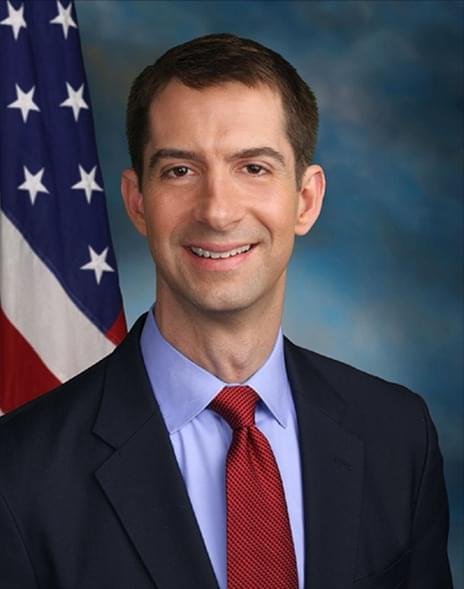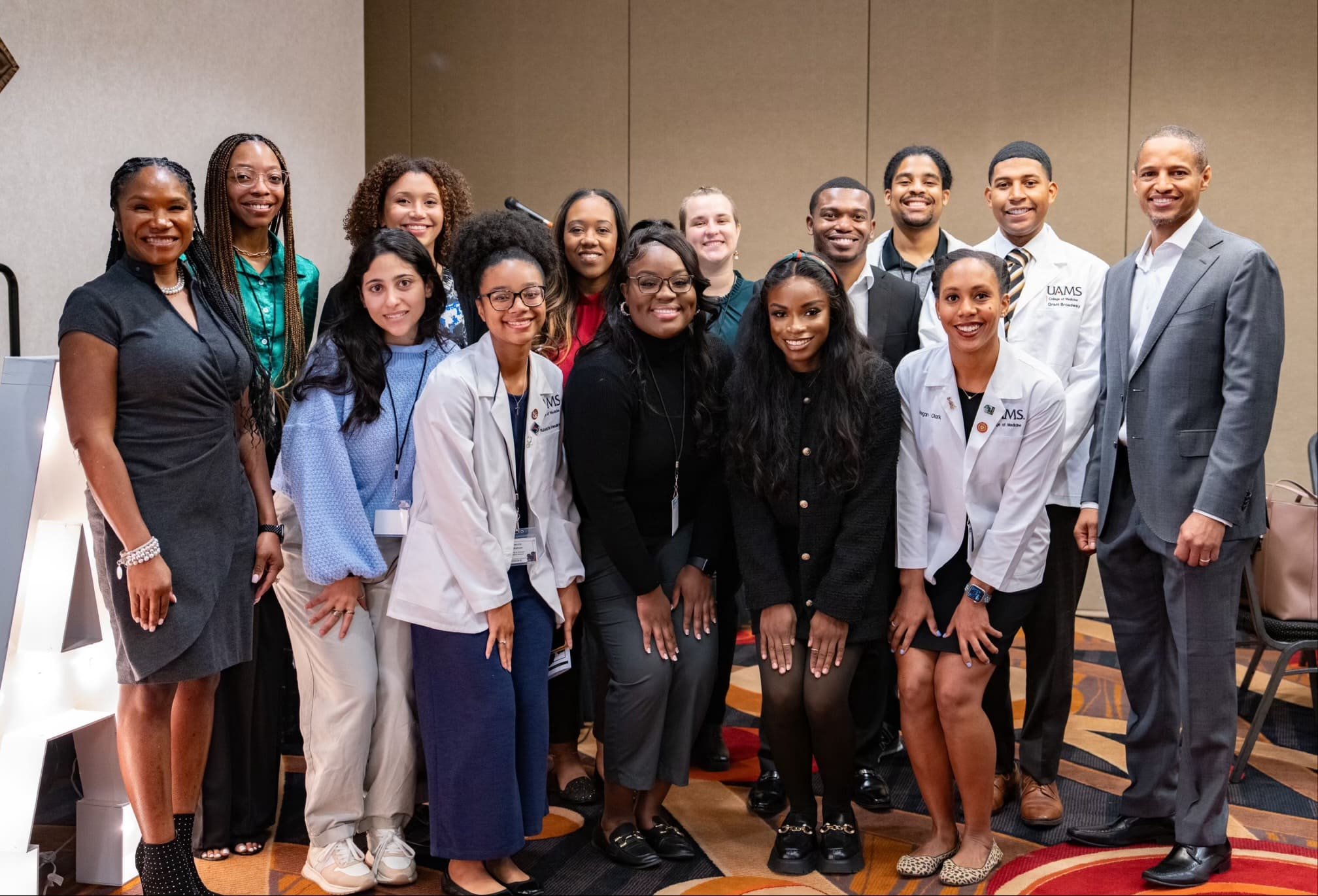For years to come, generations of entomologists and plant pathologists will look to the study's global data set that confirms long-held assumptions and “opens a window of possibilities,” says Rupesh Kariyat, associate professor of crop entomology with the Arkansas Agricultural Experiment Station.
Kariyat, who participated in the study with nearly 200 other scientists at 790 sites worldwide, said the data gathered on 503 plant species in 135 families will spawn many new studies on plant-herbivore interactions.
The study, “Plant size, latitude, and phylogeny explain within-population variability in herbivory,” was published last month in Science, the American Association for the Advancement of Science journal. Phylogeny is the study of how related groups of organisms evolve over time, and herbivory is the act of feeding on plants.
Kariyat said the study’s focus was to develop a more complete understanding of insect herbivory, which could eventually lead to integrated pest management recommendations and assist entomologists and plant pathologists studying the impacts of climate change on plant-insect-pathogen interactions.
“The study looks at how insects feed on plants at a global scale,” Kariyat said, describing how researchers studied the variability of feeding rates based on plant type, latitude and insect species. “A long-lasting assumption has been that plant-insect interactions — not pollinators, but insects that feed on plants — are highly variable, and you cannot fit it into one specific box.”
Kariyat said the study confirmed what he calls “a cornerstone in ecology.” Variability in insect eating habits, the study shows, is substantial across different members of the same species of plants. Now, they also have a ton of comparative data to go along with it.
Latitude, which measures the distance from the Earth’s equator, was found to be a significant factor affecting herbivory variability. Farther away from the equator, the growing season is shorter, which results in reduced time for herbivore foraging. So, more kinds of insects feed on the same plant species and its relatives than would be seen closer to the equator, Kariyat explained.
With the volume of data collected during this study, the authors hypothesize that herbivory may maintain plant diversity at latitudes closer to the equator because it is a “more consistent force within plant populations.” In other words, there is less competition for food sources nearer the equator for insect herbivores because of the increased diversity in plant life. This results in less variability of insect feeding on plant populations.
An additional hypothesis is that herbivory is more variable among small plants than large plants, which could explain why trees, for example, invest more of their biomass in defense, the authors noted. Kariyat said some tree defenses from insect herbivores include toxic secondary metabolites such as tannins and tree sap.
Keeping it together
While scientists have looked at various populations of plants on different latitudes for decades to understand how plants create defenses against insect feeding and the variability of herbivory at different latitudes, Kariyat said the studies had yet to be done with the same protocol. That changed when scientists formed the Herbivory Variability Network about four years ago.
The network is led by Will Wetzel with Montana State University’s department of land resources and environmental sciences, Moria Robinson of Michigan State University’s department of entomology, Phil Hahn with the University of Florida’s department of entomology and nematology, Nora Underwood and Brian Inouye with Florida State University’s department of biological science and Susan Whitehead with Virginia Tech’s department of biological sciences.
“They had this beautiful idea of ‘Why don’t we ask people who work in herbivory, across the globe if they can go out and collect data on their plants with a protocol that we set, so that all the data, whether you collected it from Bangladesh or the Democratic Republic of Congo, are exactly the same,” Kariyat said.
When Kariyat was a faculty member at the University of Texas Rio Grande Valley several years ago, he became involved with the Herbivory Variability Network by chance.
It was a fortunate opportunity, Kariyat said, not just because the group was looking for data on plants native to south Texas.
For the study, Kariyat enlisted his graduate student, Mandeep Tayal, to assist in collecting and curating plant specimens when COVID-19 protocols limited access to the lab but not the field. Zoom meetings that became common during the pandemic also facilitated meetings with group members worldwide, Kariyat said.
Tayal, listed as a co-author of the study, is pursuing his entomology doctorate at Clemson University. Kariyat expects the study could open many opportunities for Tayal and provide reams of data for scientists now and in the future.
Prior to this study, Kariyat authored or co-authored 68 published research papers. Although he was a smaller piece of the puzzle on the study published in Science, Kariyat said this one has attracted the most attention from colleagues across the country.
“We think this is going to make a splash in the field and will be cited a lot when they work on this,” Kariyat said of the study. “It opens a window of possibilities for anyone, anywhere, to look at the data and start their own questions and answers. All of the raw data can be requested through the Herbivory Variability Network.”
Kariyat has already begun a spin-off study with Alejandro Vasquez Marcano, a crop entomology Ph.D. student with the Arkansas Agricultural Experiment Station, which is the research arm of the University of Arkansas System Division of Agriculture. This new research evaluates insect herbivory damage to plants, including flowers, fruits, and seeds, during the reproductive stage.
INSECT LAB — Rupesh Kariyat inspects Petri dishes with rice leaves and fall armyworms at his lab on the University of Arkansas, Fayetteville campus. (U of A System Division of Agriculture photo by Paden Johnson)
How to use it
With the information gathered from the study, Kariyat said researchers can build collaborations and perform comparison studies on a wide range of plant species and their relatives to understand better how much variation in herbivory there is on those species.
For example, he said, with the information gathered they can see how much variation on herbivory there is on many plants in question and get in touch with people who worked on similar studies. Some examples of questions crop entomologists would ask include: “How much do insects feed on a particular plant? And is there more feeding in the early or late season? Then, Kariyat said, they can question if the behavior is associated with global warming, climate change, or invasive species.
Kariyat mentioned the spotted lanternfly as an invasive species that has established itself in the Northeast United States and is one of growing interest to entomologists because they feed on a wide range of fruit, ornamental and woody trees.
“One thing we really want to do is be proactive,” Kariyat said of invasive species. “Once an insect population is established, then there is no eradication. It is just management. But if we know it will come here, we can devise methods to restrict movement and reduce impact or incidence.”
Kariyat also works with the Cooperative Extension Service, the outreach arm of the Division of Agriculture, and teaches courses through the Dale Bumpers College of Agricultural, Food and Life Sciences.
To learn more about Division of Agriculture research, visit the Arkansas Agricultural Experiment Station website: https://aaes.uada.edu. Follow on Twitter at @ArkAgResearch. To learn more about the Division of Agriculture, visit https://uada.edu/. Follow us on Twitter at @AgInArk. To learn about extension programs in Arkansas, contact your local Cooperative Extension Service agent or visit www.uaex.uada.edu.




















